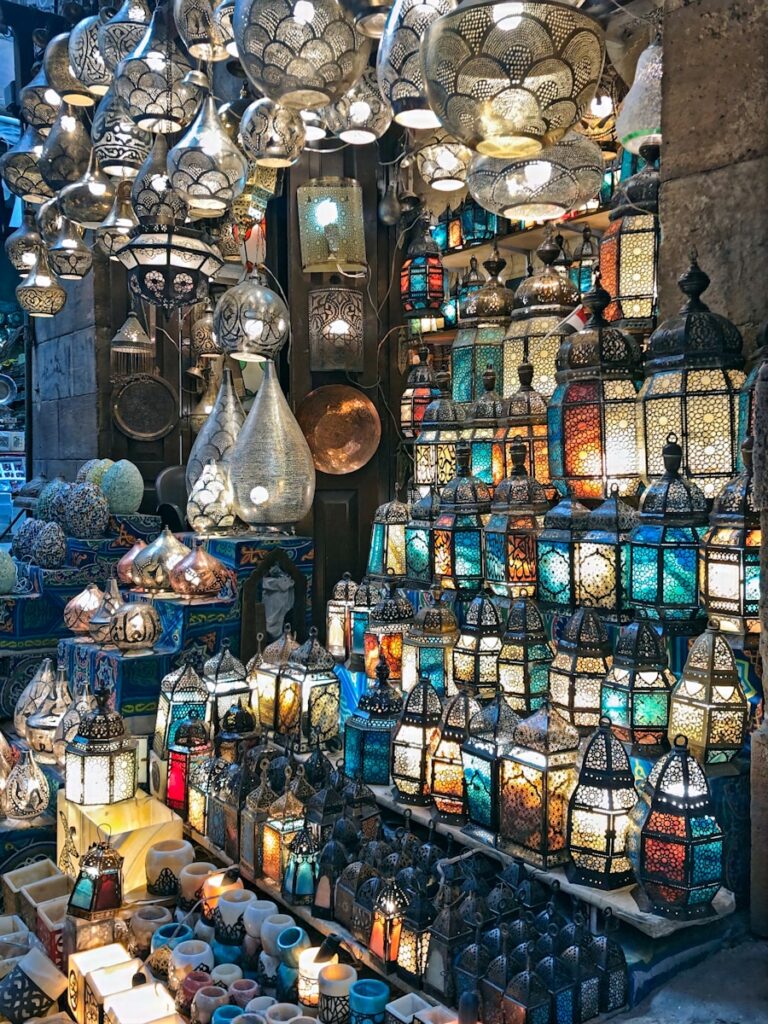Say Yes to The Wonderful Seychelles

You may recognize Seychelles by another name, a name used by almost every visitor who sets foot on this archipelago in the Indian Ocean a thousand miles off the coast of Kenya. What is this name?
The Garden of Eden
They call it the Garden of Eden, for you cannot help but leap to such a conclusion upon seeing this pristine sanctuary of legendary beauty spread over 115 islands.
Seychelles is all that remained after the African and Indian continents broke apart, leaving an inviting necklace of islands created from massive, 650-million-year-old granite, as opposed to fossilized coral that forms a majority of the Caribbean islands. Because of this splendid isolation from continental influences, Seychelles became a natural haven for wildlife, boasting 850 species of fish, 100 kinds of shells, several rare-bird colonies, the fabled coco-de-mer palms, and more giant tortoises than the Galapagos.

Humans finally discovered these islands in the early 1600s, and they’ve been careful to preserve their natural beauty ever since. The locals, known lyrically as Seychellois (say-shell-wah), are a rich mixture of Indian, African, French, Portuguese, and Arab, with a few sentimental pirates and permanent castaways. Most everyone on the islands speaks English, yet Creole is sometimes spoken in the local kitchens, where spicy cuisine is served with fresh catches.
Overall, the atmosphere on the islands is relaxed and hassle-free, just like your travel planning should be. Luckily, Seychelles is a playground that travel agents know well, so they can set up your adventure to include the best islands for deep-sea fishing, bird watching, snorkeling or just lying around on your own private beach.
It will permanently fix your smile all the way from your flight into Mahé Island, the largest island at 17 miles long and five miles wide, composed of striking peaks rising abruptly from the sea. Mahé is all about nature, and soon you’ll be all about enjoying it as you hike through rain forests, past small villages, and hidden waterfalls before finding yourself alone on one of the island’s 75 beaches.
Mahé is home to almost 90 percent of all Seychellois, most of which live in Victoria, the world’s smallest capital city. Victoria is so small, some say it’ll take you an hour to walk around it three times.
Along your self-guided tour, be sure to notice the only set of traffic lights in the entire country and the great silver town clock, a gift from England in 1903, that strikes twice every hour: first to warn you that it will, then to remind you that it has, with the exact hour never quite clear.
As soon as you’re able to tell time on Mahé you’ll be whisked off on a 15-minute flight northeast to Praslin Island. Praslin truly is one of the world’s most unique islands, thanks to the fabled Vallée de Mai, a dense forest of giant palms, some 130 feet high. The female palms bear the world’s largest nut, a coco-de-mer, weighing up to 40 pounds.

Stay overnight on Praslin and you can choose from a luxurious hotel or a bungalow perched high in the slopes with views of neighboring islands. You will not stay in a high rise, for no structure is permitted to be built higher than the palms.
Two of the world’s oldest, and most amiable, tortoises live on Cousin Island. George and Georgina like to follow people around to get their necks stroked. Once you’re done ‘necking’ with the reptiles, you’ll love the rest of the small island, a nature reserve since 1968, and home to several endangered species. To walk through the island’s thick forest with a bird on every branch is an unforgettable experience.
Say yes to Seychelles! THE TRIP ATELIER takes the stress out of vacation planning. Schedule a consultation and start crafting a memorable vacation today.






